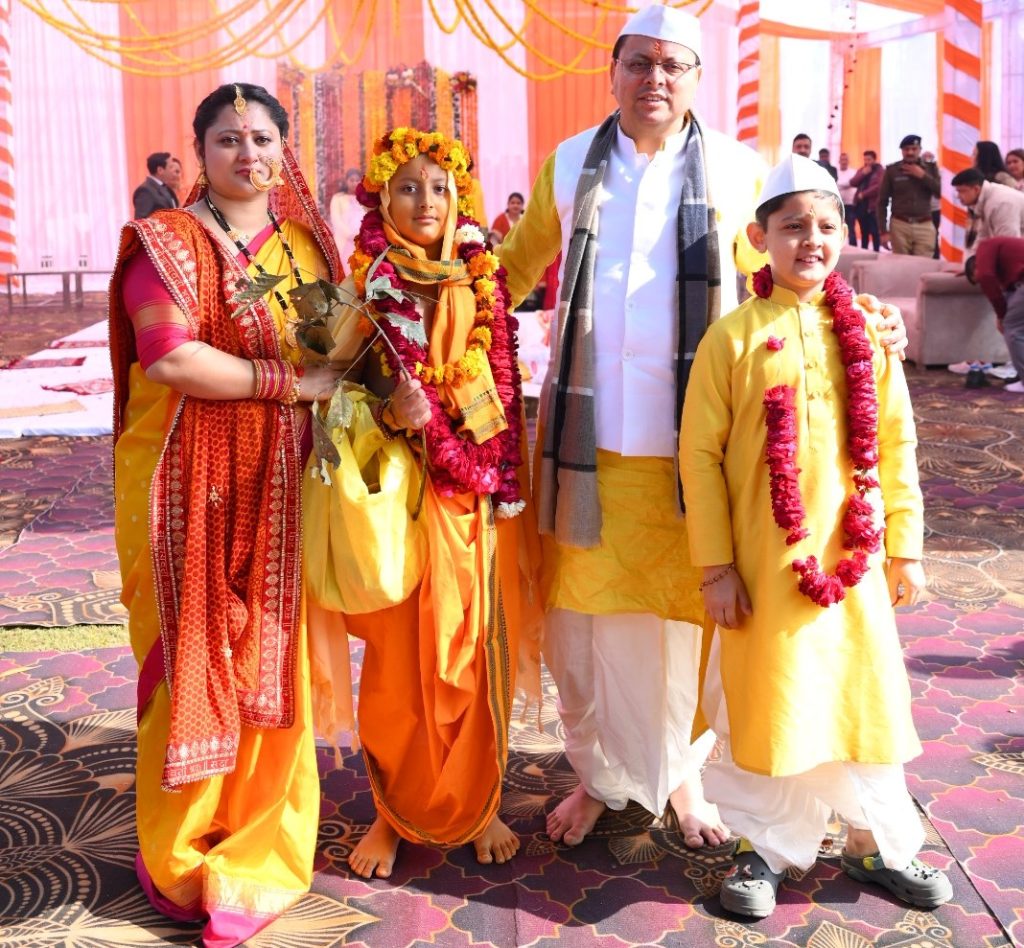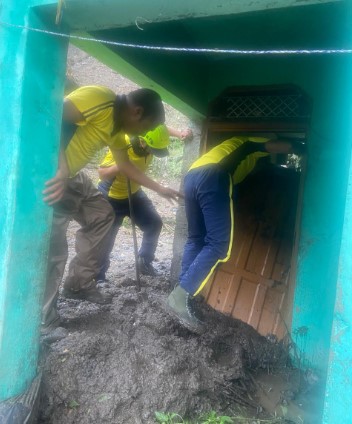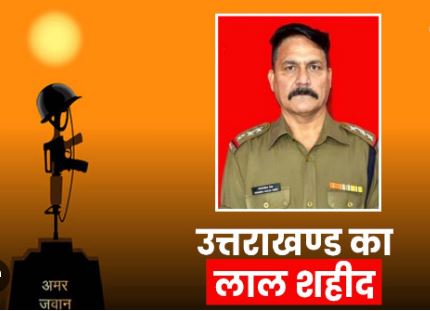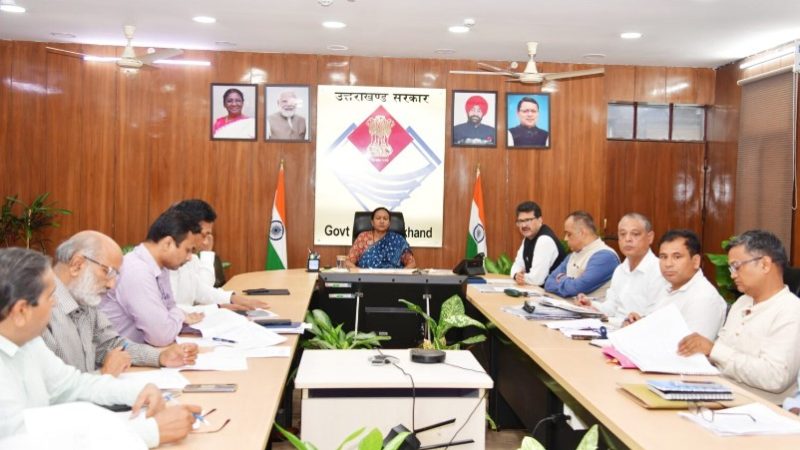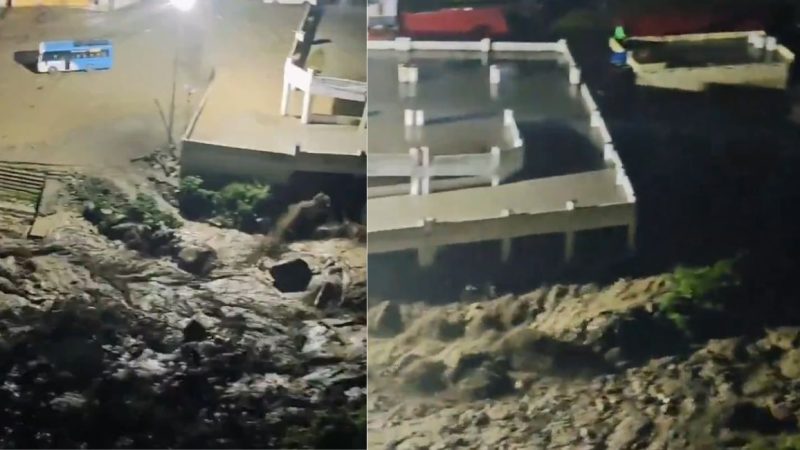Diwakar Singh Dhami’s elder son Diwakar Singh Dhami was cremated according to Kumaoni customs, his name was registered in the genealogy near the pilgrims
Dehradun. Chief Minister Pushkar Singh Dhami got his elder son Diwakar to perform the sacrificial ceremony in Haridwar according to Kumaoni customs. The rites were performed on the banks of the Ganga river near the DM camp office in Mayapur. During this, the Chief Minister got his name registered in his genealogy book with his Teerth Purohit.
There are a total of 16 sacraments in Hinduism, out of which the sacrificial ceremony holds special importance. This is also called Upanayana Sanskar. Chief Minister Pushkar Singh Dhami got his eldest son Diwakar Singh Dhami to perform the sacrificial ceremony. Family members including his wife were present with the CM. During this, CM got his name written in his genealogy book near his pilgrimage priest.
The sacrificial ceremony was performed at Kusha Ghat in Haridwar with complete rituals in a subtle program. Family members including his wife were present along with the CM at the event. During this, Geeta Dhami, wife of Chief Minister Pushkar Singh Dhami, was wearing Kumaoni Pichhoda and Nath along with a Kumaoni dress. In which she was looking very beautiful.
Mundan is done before the sacrificial ceremony. On this day, after taking a bath, sandalwood paste is applied to his head and body and he is made a celibate by wearing a sacred thread. Then Havan is worshipped.
Lord Ganesha etc. is worshiped and the child is made to sit wearing a garland of flowers along with undergarments. After this, the deities are invoked by reciting the Gayatri Mantra ten times. During this, a promise is taken from the child to teach scriptures and observe fasts.
Guru recites the mantra and says that from today onwards you have become a Brahmin, that is, one who believes in Brahma (only one who believes in God). After this, wearing deerskin, they tie a bracelet of Munj and give punishment in hand. That child begs for alms from the people present.
Yajnopaveet Sanskar was performed on the banks of the holy Ganges at Haridwar. There are a total of 16 samskaras in Hinduism, out of which the Yagyopaveet samskara holds special importance. This is also called Upanayana Sanskar. It is not a thread but special beliefs are also associated with it.
After wearing Janeu, a person has to follow the rules in his life. He has to do the tasks of his daily life keeping Janeu in mind. Yagyopaveet Sanskar can be performed when the child is 8 years old, but due to the changed lifestyle in today’s time, Yagyopaveet Sanskar is not performed in childhood. Now there is a trend of performing Yagyopaveet Sanskar during the marriage. In Sanatan Dharma, even today marriage is not considered complete without a sacred thread ceremony.


